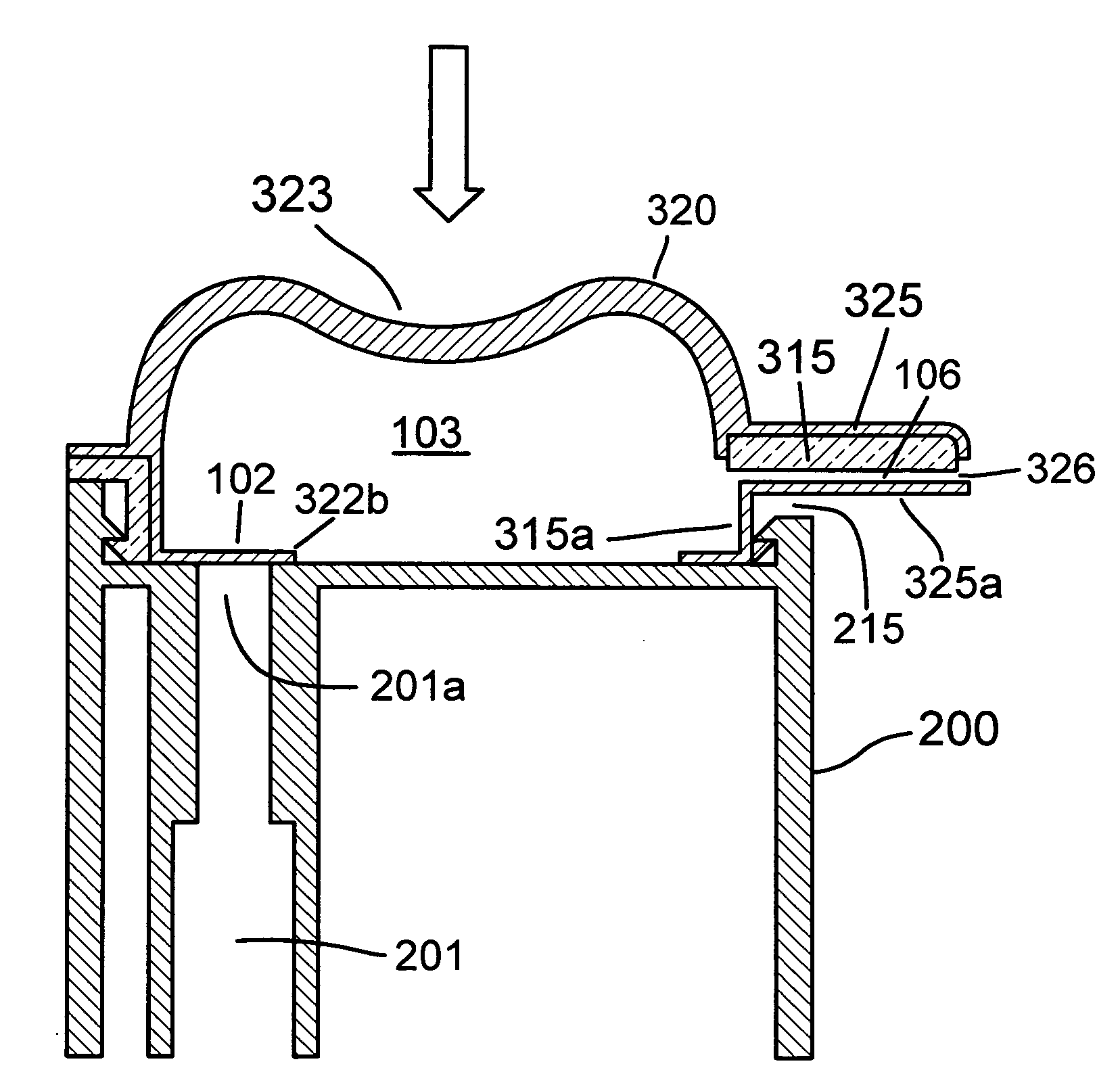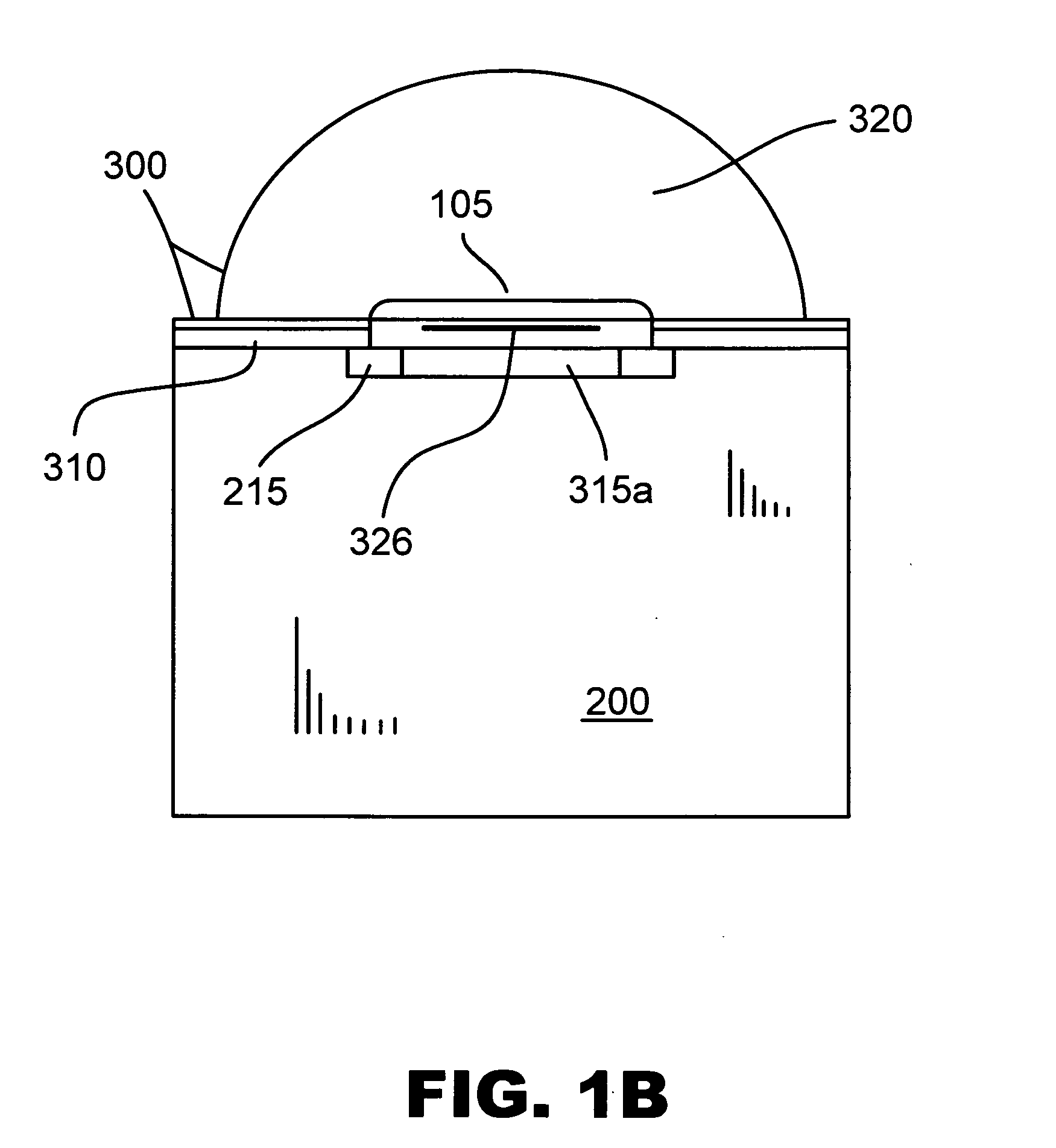Elastomeric dispensing pump that can be made with as few as two components
- Summary
- Abstract
- Description
- Claims
- Application Information
AI Technical Summary
Benefits of technology
Problems solved by technology
Method used
Image
Examples
Embodiment Construction
[0066]The present invention relates to a fluid dispensing pump that can be fabricated with as little as two easily assembled separate parts: a pump base part and an integral pump top part that is securely attached to the pump base in a fluid-tight manner, the pump top part having a rigid core and a self-restoring resilient layer. The two parts of the pump top can be made by multi-material molding in the same mold or over-molding whereas the core is made first and then placed in a mold again to over-mold the elastomeric layer.
[0067]The rigid core and the elastomeric layer may be joined through: 1) a mechanical binding such as groves, asperities, holes or other surface means 2) a chemical bind such as interface solidification of melted portions of the two materials. 3) or they may just overlay in a weak binding. Some embodiments of the present invention do not require a particularly strong binding because the elastomeric layer is self-sealing; however, embodiments that have rotating c...
PUM
 Login to View More
Login to View More Abstract
Description
Claims
Application Information
 Login to View More
Login to View More - R&D
- Intellectual Property
- Life Sciences
- Materials
- Tech Scout
- Unparalleled Data Quality
- Higher Quality Content
- 60% Fewer Hallucinations
Browse by: Latest US Patents, China's latest patents, Technical Efficacy Thesaurus, Application Domain, Technology Topic, Popular Technical Reports.
© 2025 PatSnap. All rights reserved.Legal|Privacy policy|Modern Slavery Act Transparency Statement|Sitemap|About US| Contact US: help@patsnap.com



